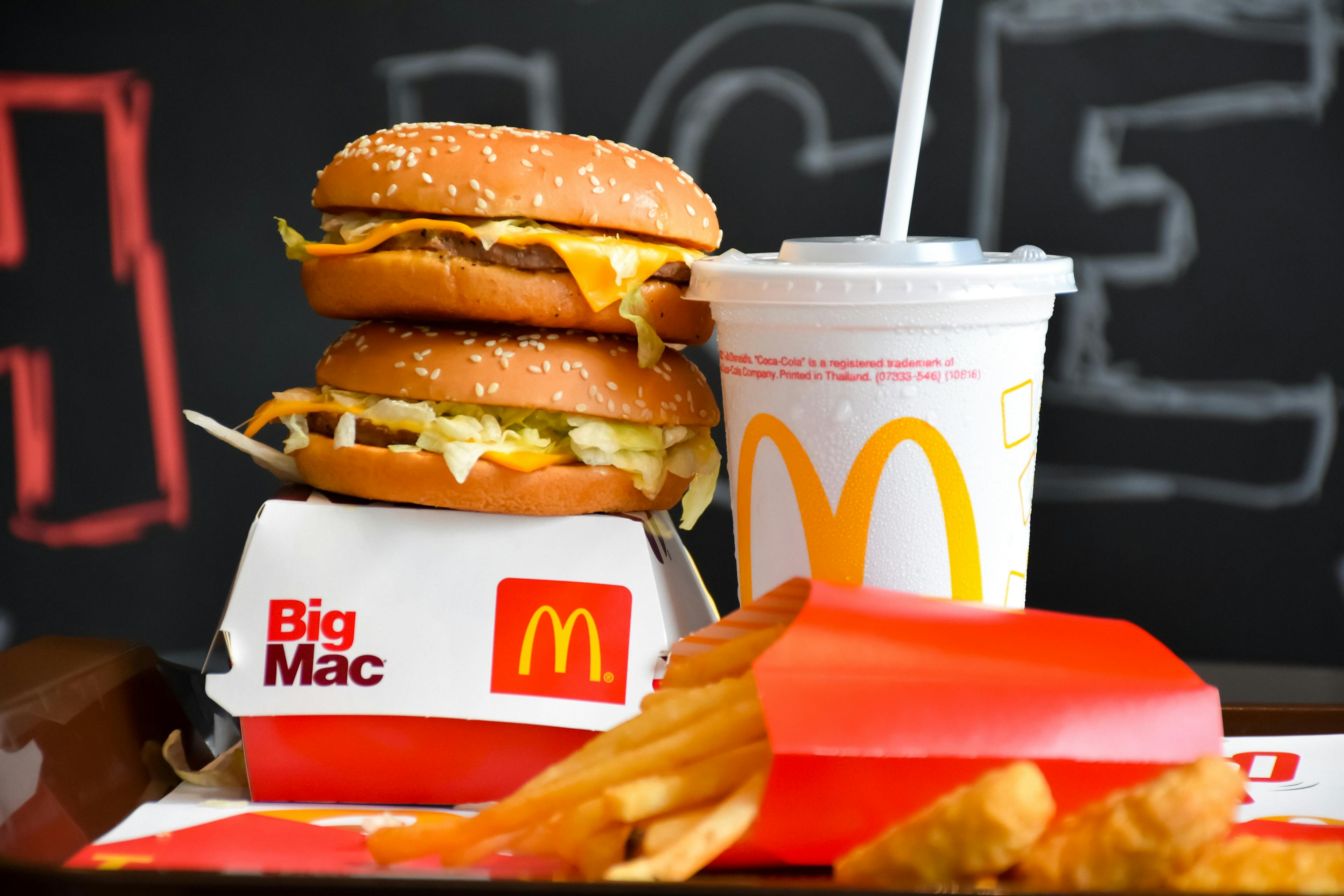Recipe For Success: What Retailers Can Learn From McDonald's

In a recent National Retail Federation (NRF) interview, Caleb Pearson, Vice President of U.S. Customer Engagement at McDonald’s, shared: “We need to win frequency, and the way to do that is to get those undecided people in our doors. If I can predict, target, and then speak to them at the right time, that’s really powerful.” This focus on repeat visits, consistency, personalization, and multi-touchpoint loyalty is not dissimilar to the focus areas of modern brick-and-mortar retailers. With an international footprint and a brand value of approximately $36.86B, the fast-food mainstay undoubtedly has valuable lessons to share.
Brick-and-mortar stores are constantly seeking ways to stay relevant and competitive in the face of digital disruption. While the challenges are abundant, there are valuable lessons to be gleaned from industry giants like McDonald's, whose enduring success offers a blueprint for innovation and adaptation. By examining McDonald's strategies, both historical and contemporary, retailers can uncover valuable insights that could reshape their approach to customer experience, analytics, and future innovation.
READ MORE: Retail Reinvention: How 3 Legacy Brands Stay Relevant Today
Embrace Consistency, No Matter The Category
McDonald's is renowned for its consistent customer experience across thousands of locations worldwide. Regardless of whether you visit a McDonald's in Tokyo or New York City, you can always expect the same quality food, service, and atmosphere. This consistency is not a coincidence but a carefully planned strategy that has been developed over decades. Brick-and-mortar retailers can learn from this approach and create their own brand standards and operational guidelines to ensure that every interaction with their customers reflects the desired image and quality.
For example, apparel retailer Zara has implemented a similar strategy by simplifying its supply chain and quickly restocking inventory to maintain consistency across its worldwide network of stores and mitigate a chain-wide bullwhip effect. By prioritizing consistency, retailers can establish customer trust and loyalty, regardless of location or scale.
Lean On Analytics
In today's data-driven world, insights gleaned from analytics can make or break a business. McDonald's exemplifies this principle through its sophisticated use of data to drive decision-making at every level. From menu optimization to personalized marketing campaigns, McDonald's leverages data analytics to understand customer preferences, optimize operations, and drive profitability. Quoted in a recent Forbes article, Craig Brabec, McDonald’s chief data analytics officer (CDAO), explained: “As part of McDonald’s strategic growth plan, ‘Accelerating the Arches,’ the company is committed to innovation across “Digital, Delivery and Drive Thru.” McDonald’s is committed to initiatives that accelerate efforts that ensure a more convenient and unique customer and crew experience.”
For brick-and-mortar retailers, investing in robust analytics capabilities is essential for understanding consumer behavior, identifying trends, and making informed business decisions. Moreover, the incorporation of analytics with advanced technologies like artificial intelligence (AI) and machine learning empowers retailers to predict customer requirements and provide highly focused experiences. Through the use of data analytics, physical retailers can gain an advantage in a market that is becoming increasingly crowded.
READ MORE: Generative AI’s Effect On Brick-And-Mortar Retail
Consider Convenience And Accessibility
McDonald's is known not only for its iconic burgers but also for its consistent focus on providing convenience to its customers. The restaurant chain has continuously evolved to meet the changing needs of its customers by offering drive-thru lanes, mobile ordering, and delivery services. This emphasis on convenience has made McDonald's a popular dining option for millions of people globally.
Similarly, brick-and-mortar retailers must prioritize convenience and accessibility to remain competitive. This may involve offering omnichannel shopping experiences, implementing curbside pickup options, or optimizing store layouts for seamless navigation. For example, electronics retailer Best Buy has pulled away from its "ship from store" model, choosing instead to leverage a network of distribution centers to fulfill online orders quickly and efficiently. By reducing the shipping volume at the majority of its stores, Best Buy employees can now focus on customer-facing services like in-store sales and order pickups, and online shoppers enjoy shorter wait times.
The lesson is to pivot tried and tested strategies when consumer behavior shifts. By prioritizing convenience and accessibility, brick-and-mortar retailers can enhance the overall shopping experience, attract new customers, and foster loyalty among existing ones, both online and offline.
Adapt And Embrace Innovation
McDonald's success lies in its ability to innovate. They have been the pioneers of the fast-food concept, and they continue to embrace innovation by introducing self-service kiosks and mobile ordering. This willingness to adapt to changing consumer preferences and technological advancements has been instrumental in maintaining their relevance in a constantly evolving market.
Similarly, brick-and-mortar retailers must adopt innovative and adaptable strategies to thrive in the digital age. Retailers must remain agile and responsive to emerging trends and customer demands, constantly refining their strategies to stay ahead of the competition. This may involve experimenting with new technologies such as augmented reality for virtual try-ons or implementing self-checkout systems to simplify the shopping process. For example, eyewear retailer Sunglass Hut allows shoppers to browse thousands of sunglasses styles and then try them on virtually using their smartphone camera. This means that audiences can experiment with new styles from the comfort of their couch!
As we look to the future, the convergence of digital and physical retail presents unprecedented opportunities for innovation. From interactive shopping experiences to personalized recommendations powered by artificial intelligence, the possibilities are limitless. By drawing inspiration from industry leaders like McDonald's and leveraging the latest technologies and insights, brick-and-mortar retailers can chart a course toward sustained success in the years to come.
READ MORE: Beauty Retail Remains Resilient Despite Spending Squeeze
About the author:

Ashton Kirsten, Marketing Communications Coordinator, RetailNext
Ashton holds a Master's Degree in English and is passionate about starting conversations through impactful content and executing data-driven creative strategies. She is based in Johannesburg, South Africa, where she can be found reading, writing and researching.